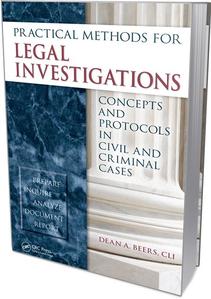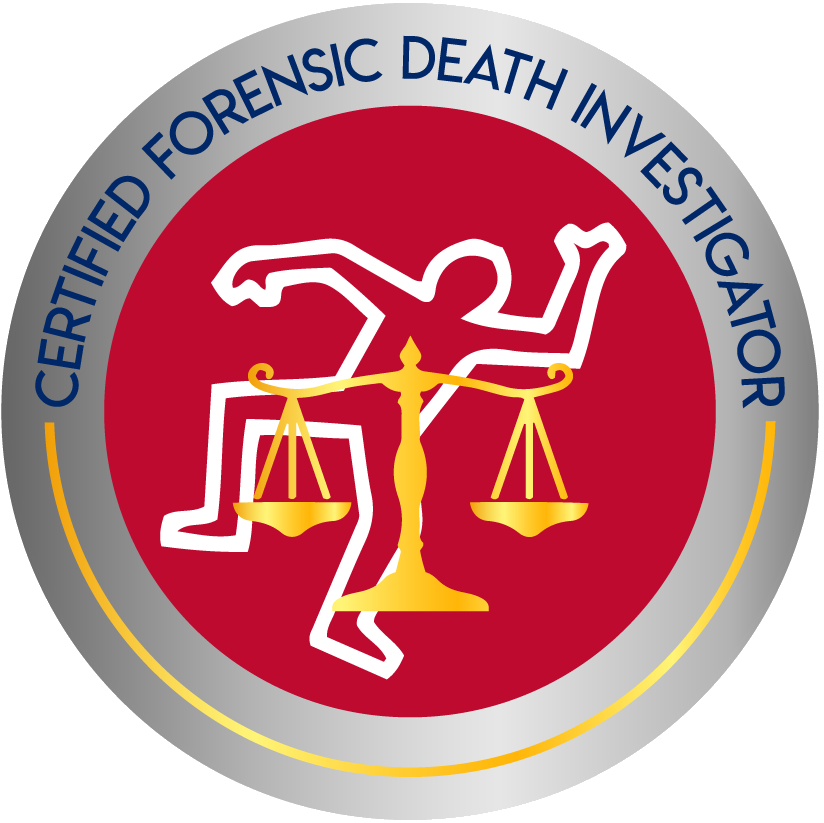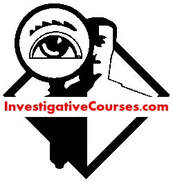
One of the most important and core tasks of investigators – from law enforcement to private, in civil and criminal litigation – is the witness interview. Witnesses can be victims or accusers, clients or defendants, those present at an event, and those not present who have information (hearsay). Generally, there are two sides to each witness – their own, and another’s; and the truth is the area between – which can lean more towards one person or another. It is the investigator’s duty – and skill – to assess the witness and fully inform their client (attorney, prosecutor, etc.) of the witness provided details. It is further important to empirically compare and contrast all details reported by witnesses, and also to other independent facts. Together these begin to tell the story, and determine the credibility of persons involved – including other investigators.
As noted in each of our books, the interview process is part of the fact gathering process – it is preceded by fact gathering, includes fact gathering, and is followed by more fact gathering. In Dean’s book, ‘Practical Methods for Legal Investigations: Concepts and Protocols in Civil and Criminal Cases’ – (www.PracticalMethodsForLegalInvestigations.com) the process of legal investigation, including each interview, is Prepare, Inquire, Analyze, Document, and Report.
The first step, in the full investigation and in each component and task – each witness, scene, event and empirically. Acquiring information, facts and evidence is a step-by-step building process, and we begin with the Prepare step.
As the old story goes, in the example of circumstantial evidence, is waking up to snowfall and seeing rabbit tracks in the snow. The conclusion seems obvious, it snowed overnight and a rabbit crossed in the snow. Both are reasonable conclusions of circumstantial evidence. It can be assured it snowed overnight, as there is no other explanation for snow on the ground in the morning. However, can it be concluded a rabbit crossed in snow – is there another explanation? Had you seen the rabbit cross in the snow, it would be conclusive. The same can be said for a physical altercation.
Two persons are on a public roadway, one is ahead on a motorcycle and another is passing in a vehicle. In changing lanes, returning to the ‘slow’ lane, the vehicle cuts off the motorcycle – as later reported by the motorcycle driver. The vehicle driver reported he did not. There are no other reported witnesses. In the course of the investigation, you obtain an independent statement from the vehicle driver’s insurance – who there is now a claim against (‘adverse driver’), which has been denied. The statement includes the vehicle driver reporting there were three additional persons, on motorcycles, who stopped and he was threatened – and left the scene of the accident out of fear for his life.
Law enforcement received a report from the motorcycle driver, and did contact the vehicle driver from a license plate reported. The motorcycle driver stated he was alone and did not threaten the vehicle driver. Law enforcement, several days after the event and having no other information, writes a citation to the vehicle driver for careless driving, but not for leaving the scene – the motorcycle driver is not cited. Your client is the attorney for the claimant, the motorcycle driver, and your task is to determine the facts which establish liability. Your task is NOT to only establish liability against the vehicle driver.
To ‘Prepare’ for your interview of the vehicle driver, you first obtain the Traffic Accident Report and statements, and also both the 911 calls and the dispatch log (i.e. Computer Aided Dispatch – CAD; or Calls For Service, etc.). From these you learn the following:
- The dispatch log shows the vehicle driver was the first caller from the scene.
- There were two other identified callers, also from the scene and the log includes information from each they witnessed an vehicle driving erratically in traffic and cut off a motorcycle. Neither stopped.
- The 911 call from the vehicle driver includes their statements of driving on the road, being surrounded by 3 or 4 loud motorcycles, and then being able to pass them. After he did, they sped up and surrounded him again, slowed down, and forced him to stop. After that, they were trying to open his car door and he was able to drive off, pulling into a gas station to call 911.
- The 911 call from the first witness states they saw a vehicle, described and matching the vehicle driver’s, pass them and then a car in front of them, and then a motorcycle. It looked like the vehicle pulled over fast because of another vehicle coming at them, cutting off the motorcycle.
- The 911 call from the second witness states they were behind a motorcycle, when a vehicle – which they could not describe, other than dark, passed them and the motorcycle, then cut off the motorcycle as another car passed from the opposite direction.
- There was no 911 call from the motorcycle driver.
Briefly, back to the 911 call of the vehicle driver and an important fact intentionally left out of the above information. During the 911 call, you hear the vehicle driver’s voice in a panic and you also hear loud banging and a male yelling he is going to pull him out of the car and beat him to death.
Also, back to the dispatch report and another piece of information – many now include GPS coordinates of the cell phone tower transmitting the call. Using any popular mapping software, you find the vehicle driver’s call came from closer to the reported scene of the traffic event, and not a gas station several miles away.
From your pre-interview preparation, you have learned the following:
- There were at least two unreported witnesses as 911 callers;
- Both reported the vehicle driver as driving in an unsafe manner;
- One reported seeing the vehicle driver cut off the motorcycle;
- Both reported seeing only one motorcycle;
- Neither reported seeing the vehicle or motorcycle stop;
- The first 911 call GPS, from the vehicle driver, was at a point several miles from where he reported calling from; and
- The first 911 call included background of a single person outside the vehicle making threats to the vehicle driver.
In many similar cases, there are now dashcams and personal cameras available at popular electronics stores. These are available to everyone, and can be mounted on bicycles, motorcycles, helmets, vehicles, etc. Cell phones are also used for photographs and videos. It is important to determine if any of these devices were used by any reporting persons, witnesses and law enforcement.
As investigators, our purpose is to find and report information, facts and evidence to our client. As legal investigators, this is to our attorney-client; as law enforcement this is to the prosecutor; and as insurance adjusters this is to the insurance company. Knowing we are investigating after-the-fact, it is important to keep in mind others also investigating may not have had all the information at the time of their investigation, and who they represent – insured, accuser, defendant, etc. – may have a cognitive bias, and perhaps only information supporting their claim is reported. Remember, our task is NOT to only establish liability against the opposing party.
Establishing a fact pattern is important to assuring your client is fully informed and can make appropriate decisions and legal strategy in the best interests of their client. This may include dropping any claims or charges, amending any claims or charges, or accepting a settlement or plea offer. The time to learn of what should have been investigated is NOT during any hearing, proceeding or trial – it is before.
Every investigation has its limitations – from time to resources to funding. The process of investigation, and the depth as well as direction, are dictated by these factors, as well as the directions of the client. As a legal investigator, we are tasked with finding all information, facts and evidence to present to our client, for them to make a full and informed decision in the best interests and protection of the rights of their client.


